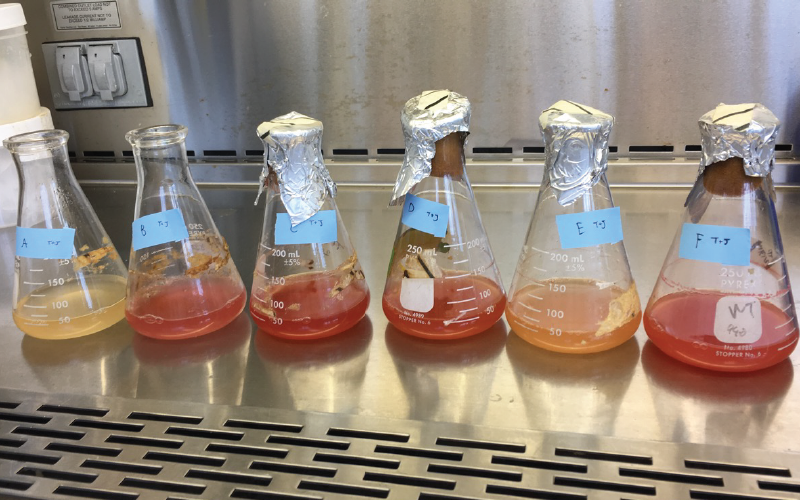New research from scientists at Scripps Institution of Oceanography at UC San Diego points to the promising potential of genome mining – the identification of genes in an organism’s DNA that code for the construction of natural products. These molecules could have sweeping implications for society, from manufacturing to medicine.
Scripps postdoctoral researcher Tristan de Rond uncovered a new enzyme process in a marine bacterium that could hold potential for future laboratory experiments. This enzyme is responsible for creating what’s known as an oxazolone, a type of chemical compound that is important for the synthesis of other biological compounds and is widely used in manufacturing. And it all started with his gut feeling.
De Rond says he used to let his intuition take over which particular bacteria genes he should study. This time around, however, he wrote an algorithm to help decide which of the 5,000 genes to select.
“Interesting combinations of things always catch my attention: dishes with ingredients you don’t usually see in a recipe together, musical ensembles with instruments that don’t traditionally play together,” said de Rond. “In the same vein, I decided to program an algorithm that searches for genes that are made up of parts that nobody had studied together before.”
De Rond is a member of Bradley Moore’s lab at Scripps Oceanography’s Center for Marine Biotechnology and Biomedicine. Moore’s lab is specifically focused on genome mining.

